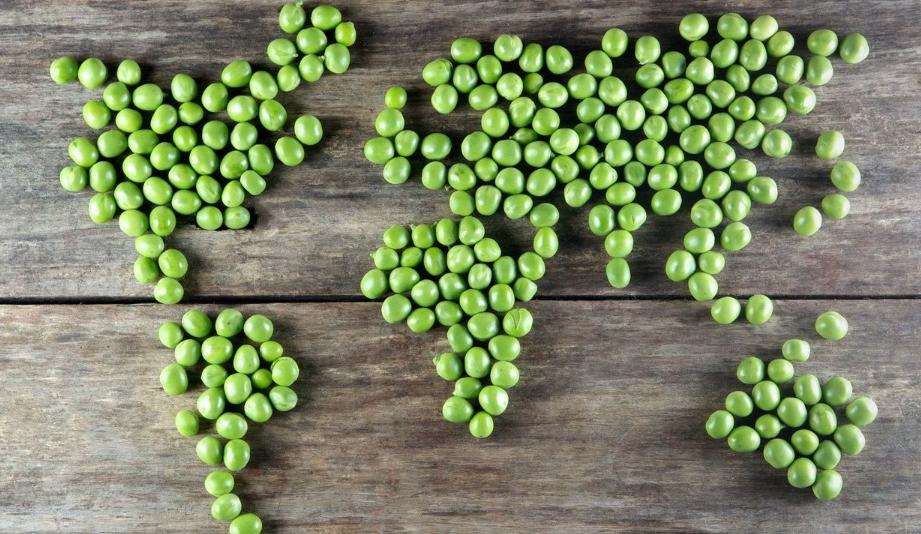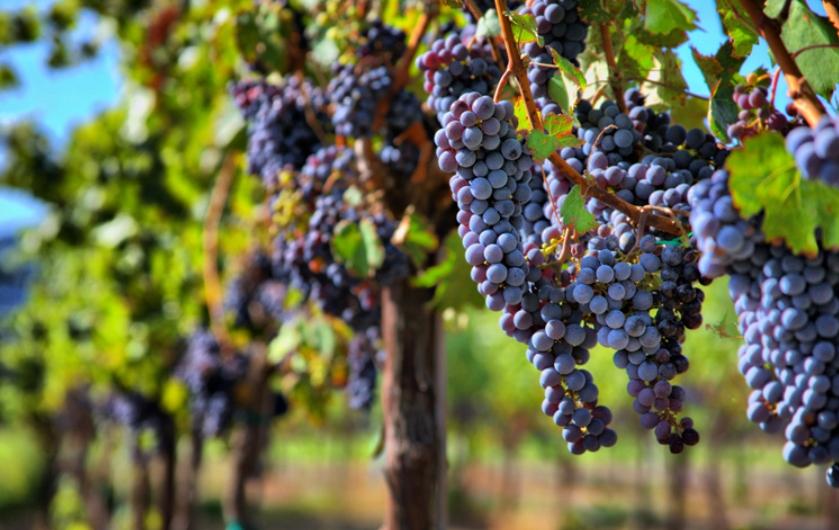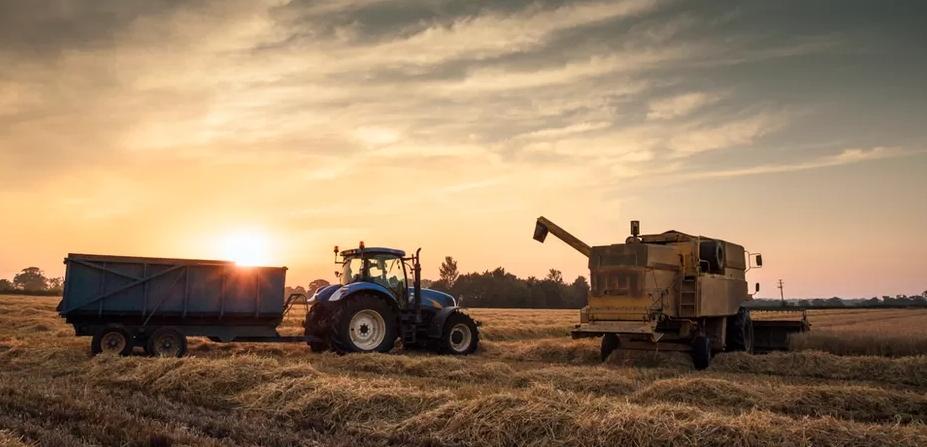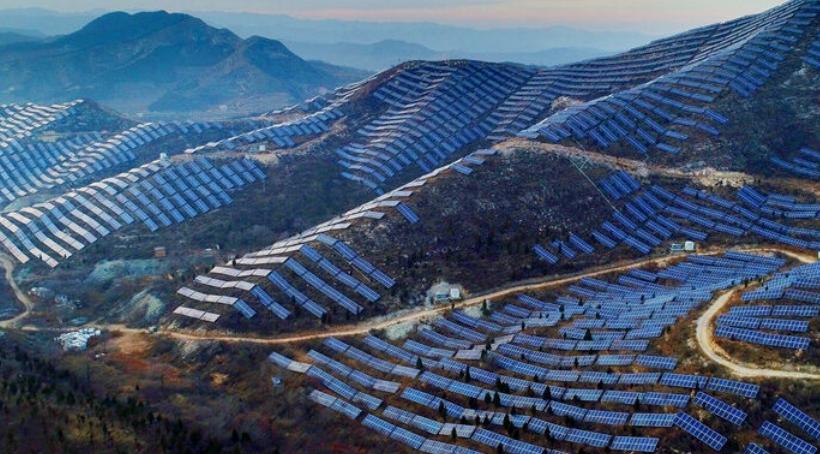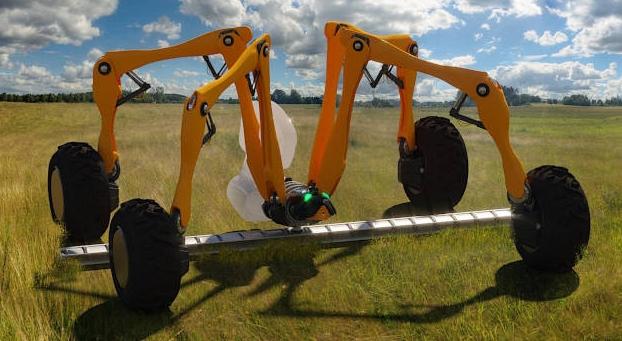If the world adopted a vegan lifestyle, what would the agricultural industry produce and what would be the corresponding price changes?
In reality, the actual number of vegans is likely lower than what is commonly believed. This could be attributed to how the media portrays veganism and prevailing societal trends.
The question that arises is what implications would arise for agriculture if the entire population became vegan, or even vegetarian?
Fortunately, several scientists and specialists have already considered this matter and have produced noteworthy findings. One of the pioneers in this field was Marco Springmann from Oxford University, who conducted a comprehensive study in 2016 investigating the effects of a widespread shift in dietary habits on climate, health, and the environment.
An area the size of Africa?

Let’s consider the scenario where the traditional Sunday roast is removed, currywurst is no longer served with fries, and tofu sausages or plant-based meat from brands like Beyond Meat substitute steak.
According to Springmann, if all livestock were to vanish, there would be approximately 33 million square kilometers (3.3 billion hectares) of additional land available for agriculture, which is greater than the size of the entire African continent. Africa, which is roughly three times larger than Europe at 30 million km², comprises about 22% of the earth’s total land area.
Harald Grethe, a German agricultural economist, determined that a 30% decrease in meat consumption in OECD nations would release roughly 30 million hectares of arable land. Naturally, the question arises regarding whether these areas are suitable for cultivating plant-based crops at all. According to Springmann, the feasibility of cultivating plant-based foods in these regions depends on the extent to which soil management and irrigation are appropriately managed in the long run.
Other alternatives include producing new, resource-efficient biofuels or creating protected regions to enhance biodiversity.
Field and grain prices plummet
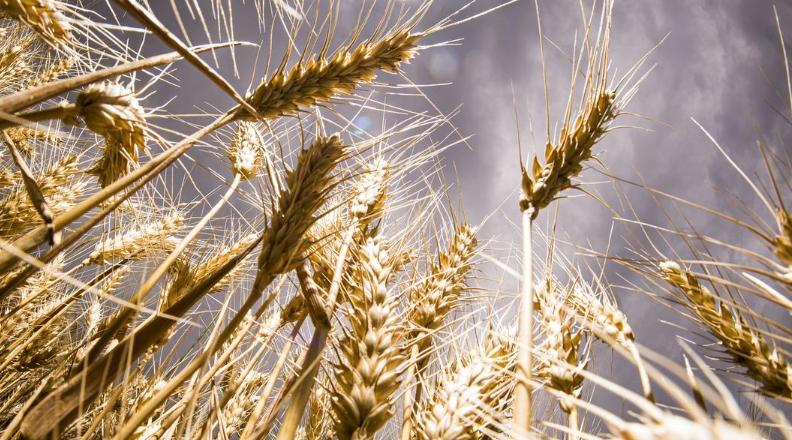
Martin Hofstetter, an agricultural specialist at Greenpeace, disagrees with such a simplistic viewpoint. He claims that the problem of hunger in the world is not merely the result of excessive meat consumption in other regions but rather due to various other factors such as inadequate purchasing power, selfish or corrupt government policies, or poor crop yields resulting from weather conditions.
Nevertheless, the latter issue is related to climate change, and another crucial aspect to consider is that the removal of animal production would result in a substantial decrease in prices for agricultural land, as well as for grain and other plant-based products.
Hofstetter notes that at present, 30% of the world’s grain is being fed to pigs and poultry. If this portion of grain were to become available, the price of grain would decrease, albeit not without limits, since excessively low grain prices relative to energy prices might result in its usage as a heating fuel.
In particular, individuals in developing countries’ large cities, who are living in poverty, would profit from reduced grain prices. As they consume less meat, they would be able to purchase more affordable bread, rice, or corn cakes.
Animal production accounts for two-thirds of the revenue
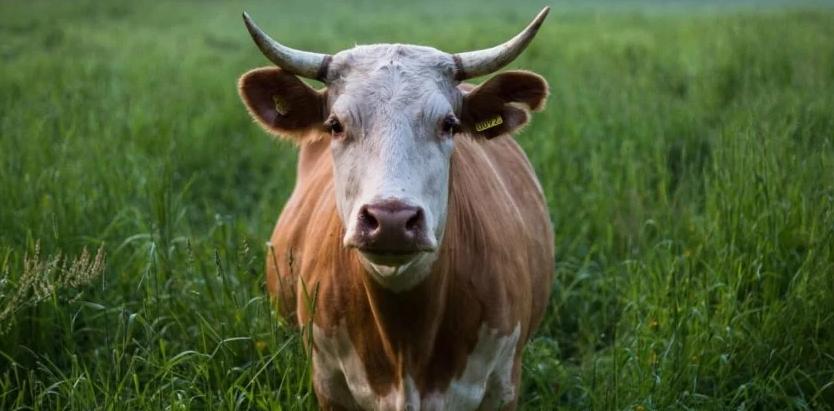
Nevertheless, such a price trend would be highly unfavorable for farmers, both in Europe and in developing and emerging countries, primarily due to the loss of income from animal production. In Germany, almost two-thirds of all agricultural revenue comes from meat and milk production, with approximately 24% stemming from milk production. The revenue proportion in the retail sector is unlikely to be significantly different.
Andrew Jarvis from the International Center for Tropical Agricultural Research in Colombia argues that removing animal production would be a double-edged sword. He states:
“In developed countries, vegetarianism would certainly lead to several positive environmental and health outcomes. In contrast, in developing countries, it would worsen poverty.”
Livestock farming plays a crucial role in generating income in many poorer countries.
Furthermore, even if one desired to convert all pastures into farmland, it may not be possible. According to Hofstetter:
“It is not unusual for cattle to graze in regions where farming is not feasible by any other means. Grains cannot be cultivated at certain altitudes, and some slopes are too steep to be transformed into arable land.”
Maintaining dairy cows as an alternative on these areas would pose new challenges. Firstly, dairy cows are also eventually slaughtered, usually after three years in Germany. Secondly, in order to produce milk, the cows need to have a calf every year. However, half of the calves born would be male and therefore not suitable for dairy production, leading to potential ethical and economic issues surrounding their slaughter.
The global development is moving in the opposite direction
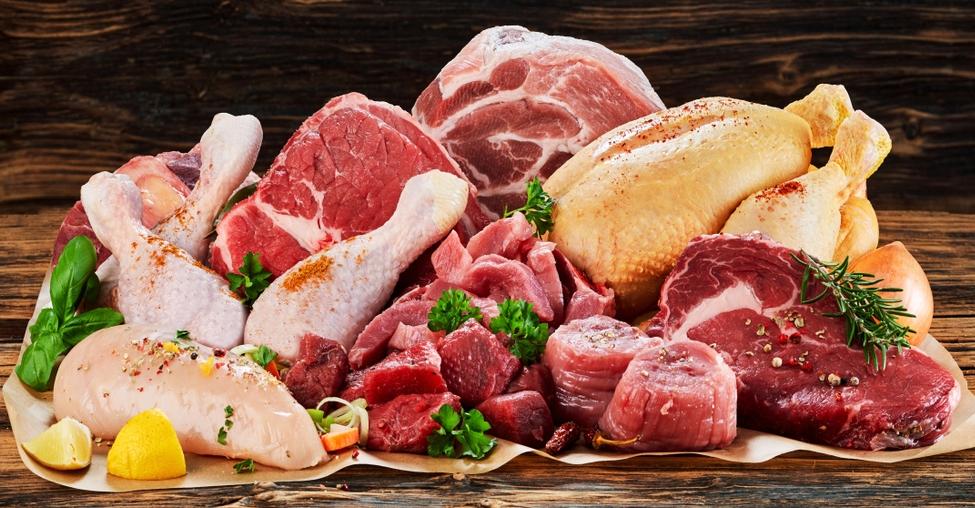
According to the research conducted by Marco Springmann’s team, following the FAO’s dietary recommendations, which involve consuming more plant-based food and significantly less meat, could reduce food-related emissions by 29 percent globally in relation to climate change. In purely mathematical terms, a vegetarian diet could reduce global emissions by 63 percent, and a vegan diet would lead to a 70 percent reduction in emissions.
Despite the potential benefits of reducing meat consumption, the reality is that the world is moving in the opposite direction. Due to population growth and increasing affluence, meat consumption is expected to continue to rise. In fact, the Food and Agriculture Organization (FAO) predicts that in order to feed the projected global population of 9 billion by 2050, 70 percent more food, both plant-based and animal-based, will need to be produced than what is currently being produced.
Between 1970 and 2009, global meat production increased from just over 100 million tons to around 300 million tons, according to the FAO. The greatest proportional growth occurred in China and Asia. However, OECD calculations predict a further increase in meat production, particularly of poultry and pork, in the USA as well.
Meat production and consumption are still on the rise globally, despite the trends towards vegetarian or vegan diets or plant-based “meat” products. While Europe’s production of meat is stagnating or slightly declining, the increase in production is mainly occurring in China and Asia, and the OECD predicts further growth in the US, particularly in poultry and pork. The shift towards plant-based diets and artificial meat is limited to a small group in the western world.
